
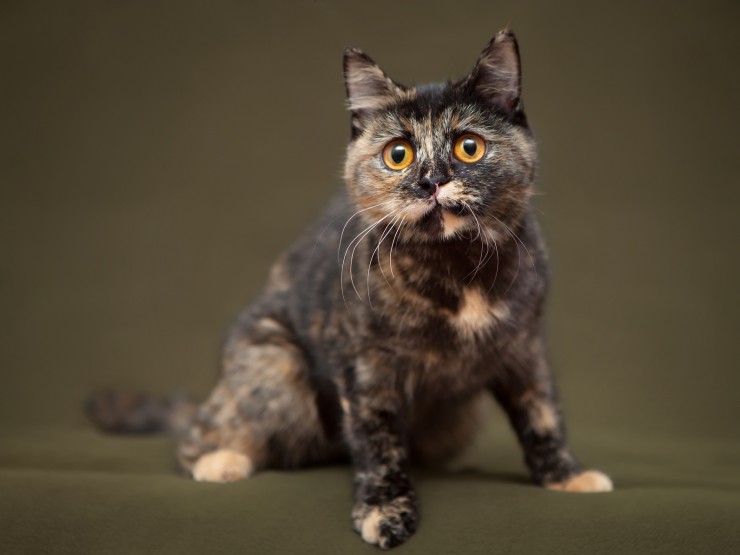
If you own a cat or have spent a lot of time around cats, you will probably have noticed a phenomenon that is virtually unique to our feline friends: when a cat slips or falls from a table or something else above ground level, they almost always land on their feet, rather than in any other position, and even quite a bad fall will often result in the cat walking away uninjured.
This trait is so well known and recognised that cat lovers often don’t give it a second thought, or just attribute it to quick reflexes and luck; but the phenomenon is also well studied, and understood on a scientific level, which is particularly interesting to learn about!
In this article, we will look at this phenomenon, which is called the “cat righting reflex” in more detail, and explain how and why it happens, and what this means for cats. Read on to learn more about why cats are always apt to land on their feet!
The term “cat righting reflex” refers to a complex but instinctive reflex innate to the cat, which allows them to orient themselves mid-fall in order to land on their four paws, thereby greatly reducing the chances of injury. This phenomenon is possible due to the particularly flexible backbone of the cat, and their lack of a collarbone. The reflex is not present from birth, but begins to develop at three to four weeks of age, and is generally fully functional by the age of seven weeks old.
In order for the reflex to kick in, the height of the fall needs to be at least a foot from the ground (or a flat surface) in order to allow time for the correction in orientation to occur. While the tail of the cat is an integral part of most of their precision movement and balance, the tail is not actually an integral part of the cat righting reflex, and so even tailless cats such as the Manx breed, and other cats that are either born without a tail or that later lose it due to injury, are able to achieve self-righting mid-fall.
The whole process of unexpectedly falling and self-righting happens incredibly quickly and instinctively for the cat. First of all, the cat is able to determine both visually and thanks to the vestibular apparatus of the inner ear, which is part of the bodily system that creates balance and coordination, which way up they are, versus which way up they should be. Once this information passes to the brain, cats are able to twist or flip themselves in mid-air in order to face downwards, with their paws being the first part of the body to hit the floor.
This happens in stages, which comprise of first bending in the middle of the body, so that the front half of the cat rotates around a different axis to the back half. Then, the cat tucks in their front legs to reduce the inertia of their front half, giving them an extra split second to extend their back legs, and increase the inertia of the rear of their body in order to rotate their front even further, while the rear end corrects in the opposite direction.
Then, the front legs extend and the rear legs tuck in, so that the rear half can complete its necessary rotation while the front half corrects this. All in all, this process can take less than a second from start to finish, and can achieve a rotation mid-air of up to 180 degrees!
As well as the cat righting reflex itself, a range of other factors are also in play, which all work together to help a falling cat to avoid injury, when another pet such as a dog would be exponentially more likely to get hurt. These factors include the light bones of the cat, their small size, and even their fur, which helps to decrease the speed of their fall by offering resistance to the air by just a fraction.
Cats also reach terminal velocity (the stage of a fall at which peak acceleration towards the ground has been reached, and cannot become any faster) at about 60mph, as opposed to a figure of around 130mph for people. When a cat does reach terminal velocity in a fall, they also tend to relax their bodies, which goes some way towards lessening the impact of the fall as opposed to the injuries that would be sustained by landing on taut, tense limbs.
Another interesting phenomenon that is unique to the cat, and related to the cat righting reflex is called high-rise syndrome, and this is worth a mention as well.
High-rise syndrome refers to incidents in which a cat falls from a significant height, which is usually classed as above 30ft from the ground, or around two stories high.
A study on the survival rate of cats that fell from a height of between 2-32 stories returned a survival rate of 90% after treatment, and in a later study, it became apparent that a cat that falls from a height of six stories or higher is exponentially more likely to live, and with less severe injuries, than one that falls from a height of six stories or less, which at a glance, makes very little sense!
The most commonly accepted explanation for this is that it would require a fall from a height of around five to six stories or higher in order for the cat to reach terminal velocity, and when terminal velocity has been reached and acceleration has stopped, the cat’s vestibular reflex and the other senses that help the cat to orient themselves no longer feel the sensation of falling, and so the body relaxes, leading to less injuries upon impact.
However, another element that has also been considered as part of this explanation is that the higher the height that a cat falls from, the more serious their owners are likely to view the incident as, and so, the more likely they are to take the cat to a vet to check for internal injuries. This of course greatly increases the cat’s chance of an early diagnosis of internal injuries, and so the ability to treat them.
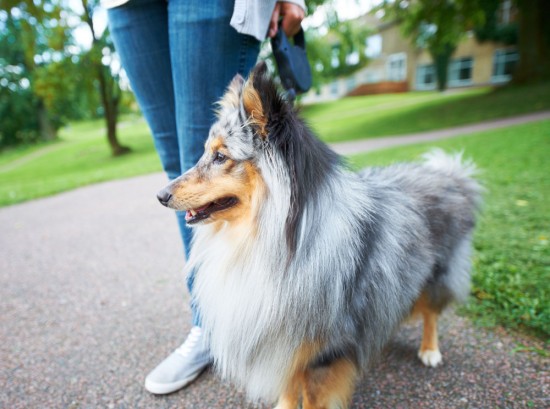 Should The Uk Reintroduce Compulsory Dog Licenses?
Should The Uk Rei
Should The Uk Reintroduce Compulsory Dog Licenses?
Should The Uk Rei
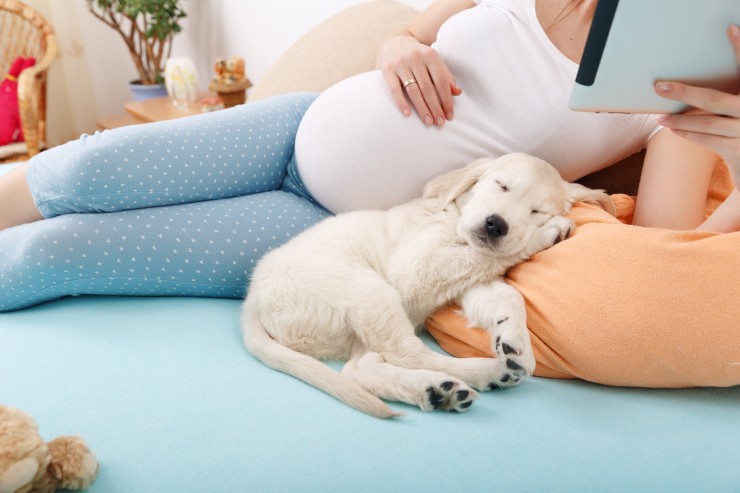 Preparing Your Dog For The Arrival Of A New Baby
Preparing Your Do
Preparing Your Dog For The Arrival Of A New Baby
Preparing Your Do
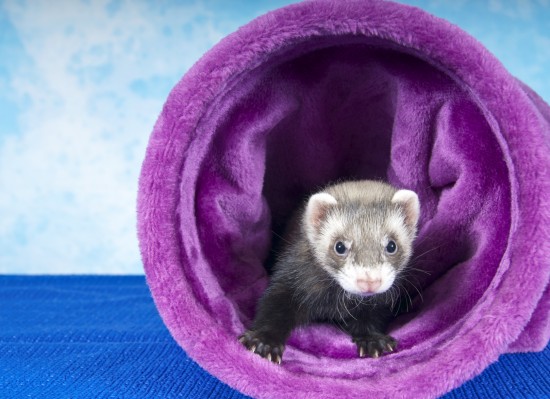 Best Games To Play With Your Ferret!
Best Games To Pla
Best Games To Play With Your Ferret!
Best Games To Pla
 Clumber Spaniel Genetic Diversity And Hereditary Health
Clumber Spaniel G
Clumber Spaniel Genetic Diversity And Hereditary Health
Clumber Spaniel G
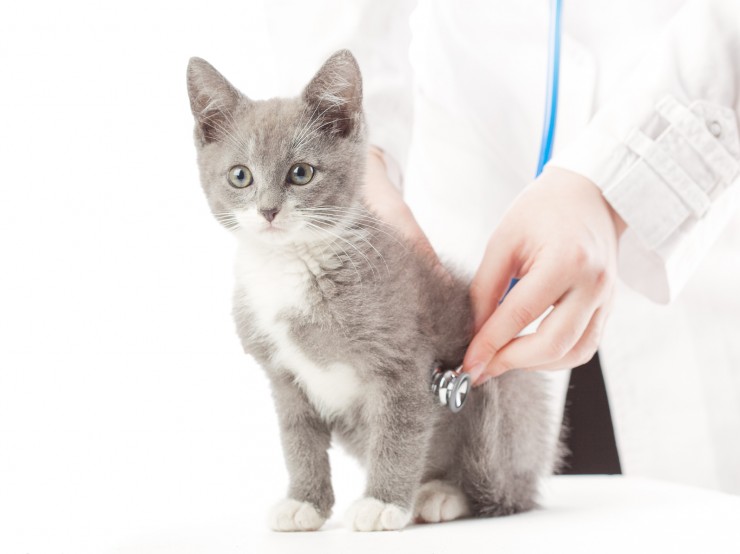 When Cats Need Emergency Veterinary Treatment
When Cats Need Em
When Cats Need Emergency Veterinary Treatment
When Cats Need Em
Copyright © 2005-2016 Pet Information All Rights Reserved
Contact us: www162date@outlook.com